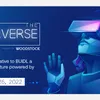Competition or complement—Bangalore Business LitFest speakers on the future of books in the digital world
Ten speakers from the Bangalore Business Literature Festival share insights on the future of the book industry in the digital world. What is your take?
YourStory is the media partner for Bangalore Business Literature Festival (BBLF) 2022, being held in hybrid online-offline format this week. See our earlier annual articles on BBLF from the 2015 edition onwards here, and our compilation of 85 Quotes on World Book Day.
See also YourStory’s Book Review section with takeaways from over 340 titles on creativity, entrepreneurship, innovation, social enterprise, and digital transformation.
In our fifth preview article, we share insights from 10 speakers on the comparative strengths of books and short-form digital media, tips for aspiring writers, and current reading lists.

Print and digital media
Print and digital, long-form and short-form content can co-exist in the media space. They offer different capabilities and cater to reading preferences in diverse ways, as the speakers and authors explain.
“The nature of content and the audience they serve are different. Hence the two can co-exist,” observes TN Hari, a widely-respected angel investor, VC advisor, and author.
“Short form web and video content has universal appeal, but the target audience is really those who do not have the patience to consume long form content. In an earlier era, this audience would have consumed content from magazines and newspapers,” he adds.
This has been replaced by short form web and video content. “The audience for books, whether print or digital, is still the same–namely, those who want quality and depth of content on any particular theme or topic,” Hari explains.
“India is not a reading country and the habit has unfortunately only diminished over the years. The big reason I believe is that books fail to attract the dominant demographic of the country – people from 18-30,” observes entrepreneur-author Ankur Warikoo.
This audience is a massive consumer of shortform content. “So books have to be written accordingly, in order to compete,” he adds.
“Books and web/video target different audience and use cases. For instance, the use case of non-fiction book is for readers to go into deeper concepts and from a single narration standpoint,” says Ujwal Kalra, co-author of Startup Compass.
“There is always a teaser and a real movie. The short form web is like a teaser,” explains angel investor, mentor, and fund advisor Nagaraja Prakasam.

“I think print and digital books will always coexist with short form content and in many ways, there is a need for it,” observes Suresh Narasimha, Managing Partner, Cocreate Ventures.
“Short form content is a snackable content, there will always be a place for it and will always have demand and many creators to create content. Even the long form content creators also look at short form content,” he observes.
However, Suresh believes that serious readers will always go and embrace long form physical and digital books. “People who love reading and want to discover different facets of life are avid readers; so are many kids,” he adds. He expects digital to get more on the shorter side of things and print to continue with long form content.
“Ease of access to information across media is a great advantage,” explains architect-designer Vijaya Bhargav, Partner at Ostraca. Though she sees books as dwindling, they will co-exist with other media as the experience is different.
“I read both on digital media and love collecting books, especially on architecture. For me, the book is an emotion,” she adds.
“I guess it's also about which generation you put this question to. I belong to a generation that has experienced life pre-internet including books. So I am in some ways biased in favour of physical content, whether books, newspapers or magazines,” explains Govindraj Ethiraj, Founder of BOOM FactCheck and IndiaSpend.org.
He sees the two media co-existing, though digital may have already overtaken physical. “A lot of short form and/or video content is not necessarily educational in the way books are, so this may not be an ideal comparison unless you are picking up two different activities both of which consume time,” he adds.
“These different media forms can definitely coexist. There is something timeless about a printed book which no e-medium can touch. That said, people’s attention span is dwindling, so short-form e-content also has its place,” adds Siddharth Pai, author of Techproof Me: The Art of Mastering Ever-Changing Technology.
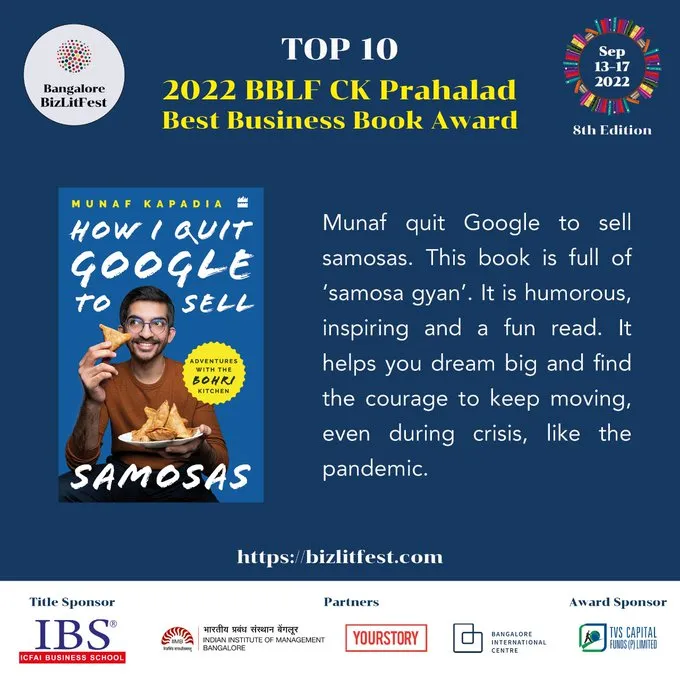
Books and readers
The authors also share how their books have fared in the market, and what they did to engage with audiences in digital media.
“My book, Do Epic Shit, hit No.1 in India when released and has sold over 170,000+ copies, making it one of the bestselling books of 2021-22,” Ankur says.
“I think the reasons for this are three-fold. It was written with no start and no finish (so there was no commitment to finish the book). It was written in short form (so there is no story as such). It attended to the feelings of the 18-30 year old segment and what they go through,” he describes.
“I think my books were received well. The reason is that my books reflect and amplify what I write in short form on other platforms like LinkedIn and online media. My books are also in line with my brand,” TN Hari explains.
“Hence, they are read by people who have some idea of what they could expect. I get invited to several speaking opportunities after a book is published and this is probably my only way of engaging with the audiences after any of my books is published,” he adds.
Govindraj Ethiraj reads a lot of non-fiction because he believes authors vest considerable time and energy into a single book. “To that extent, what we are holding in our hands–whether on Kindle or in paper–represents a powerful piece of knowledge, distilled and otherwise. It is in our interest to read more and expand our own understanding of the world around us,” he affirms.
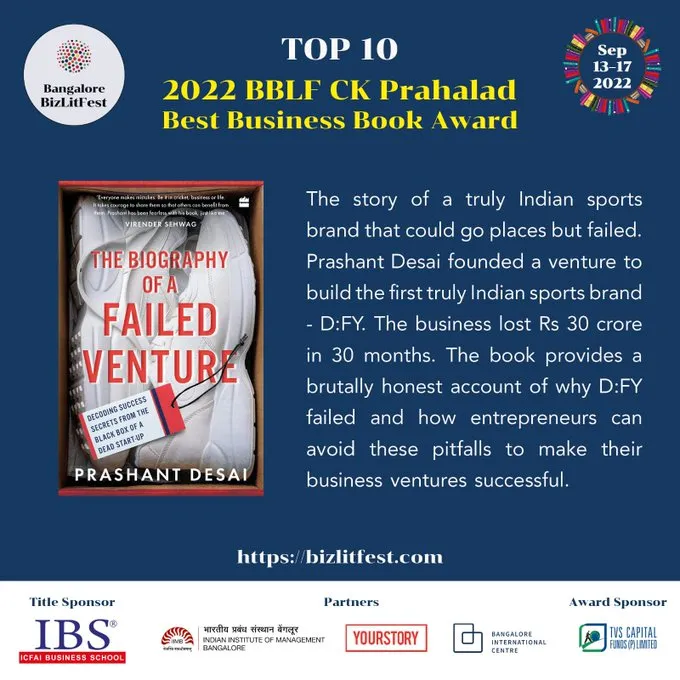
Pandemic's impact on books
The pandemic forced many book festivals to shut down for a while or pivot to the online medium. It also spawned new kinds of content and author opportunities.
“The pandemic gave wings to a new set of authors. People who had the passion for writing but were distracted by the world of activity they were stuck in suddenly had the time, energy and drive to write a book,” TN Hari observes.
“The number of published authors from India in the last few years has seen a big jump, and that's a very positive sign,” he adds.
“Unfortunately, I do not see any significant trend for the book industry after the pandemic that is positive in my opinion. Books will die a slow death if nothing is changed from a content perspective,” Ankur adds.
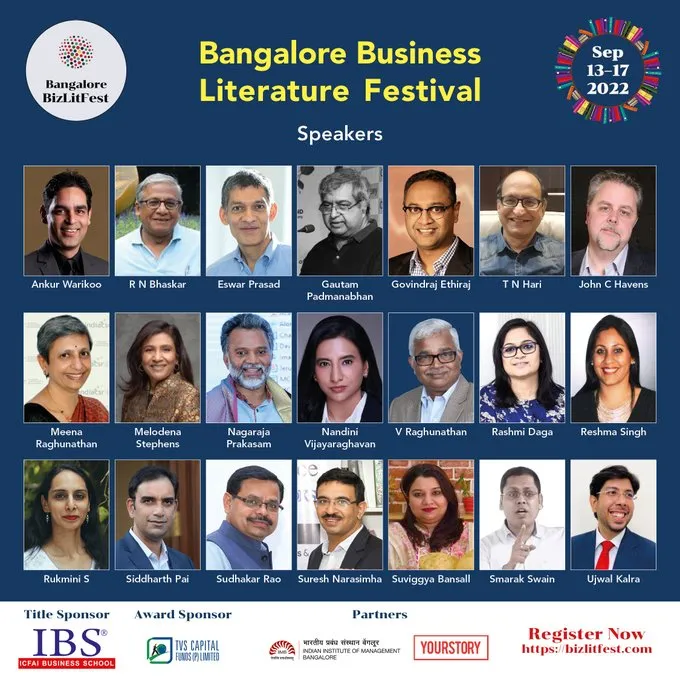
Reading lists
The authors at Bangalore BizLitFest also share what’s on their reading lists. Ankur reads a book a week on an average, mostly non-fiction. “I just finished reading The Carbon Almanac by Seth Godin. I am currently reading the autobiography of ZEE’s Subhash Chandra,” he says.
Hari is reading a wide range of books: Richer, Wiser, Happier, by William Green; The Seductive Art of Hard Work, by Utkarsh Amitabh; The 10 New Life Changing Skills, by Rajesh Srivastava; Clueless at 30, by Shalini Prakash; and The Hidden Brain, by Shankar Vedantam.
V. Raghunathan, author of over 15 books on management and culture, has a number of titles on his reading list this month. They include Nikola Tesla: Imagination and the Man Who Invented the 20th Century by Robert Lomas; Thinking Better: The Art of the Short Cut, by Marcus du Saut; and The Geography of Bliss, by Eric Weiner.
In fiction, he is reading Norwegian Wood by Haruki Murakami, Ret Samadhi and the Tomb of Sand (both Hindi and English versions) by Gitanjali Shree and The Triumph of the Sun by Wilbur Smith.
Siddharth Pai is reading Why don’t you like me? by Mitchell Springer (about the racial/age demographic changes in the US) and Fooled by Randomness by Nissim Nicholas Taleb. John C Havens, author of Heartificial Intelligence, is reading Pilot's Circle, Everyman's McLuhan, and Net Positive.
Vijaya Bhargav is reading The Importance of a Drawing (Louis Khan), Atomic Habits (James Clear), The Power of Intention (Wayne W Dyer), and The Art of Winning (Radhakrishnan Pillai).
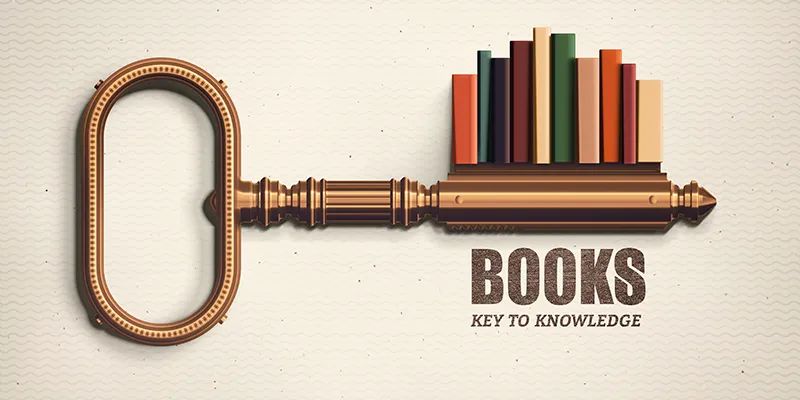
Writer tips
Some of the authors also offer tips for aspiring writers and authors, on focus, habit and mindset.
“Either write for yourself and not care about the numbers–or, care about the numbers and write for your reader,” Ankur advises.
“Write what you love. Write a first draft without listening to your own critical voice or the voice of others,” John recommends.
“Learn to make some sacrifices–like giving up some of their socialising, partying or entertainment, and devote consistent and persistent time for writing every single day, a minimum of two hours, whether you are in the mood or not. And read. Those who do not read cannot write,” Raghunathan advises.
He signs off on a humorous note: “There is also no difference between those who do not read and those who cannot read. And by reading we don’t mean WhatsApp messages!”








